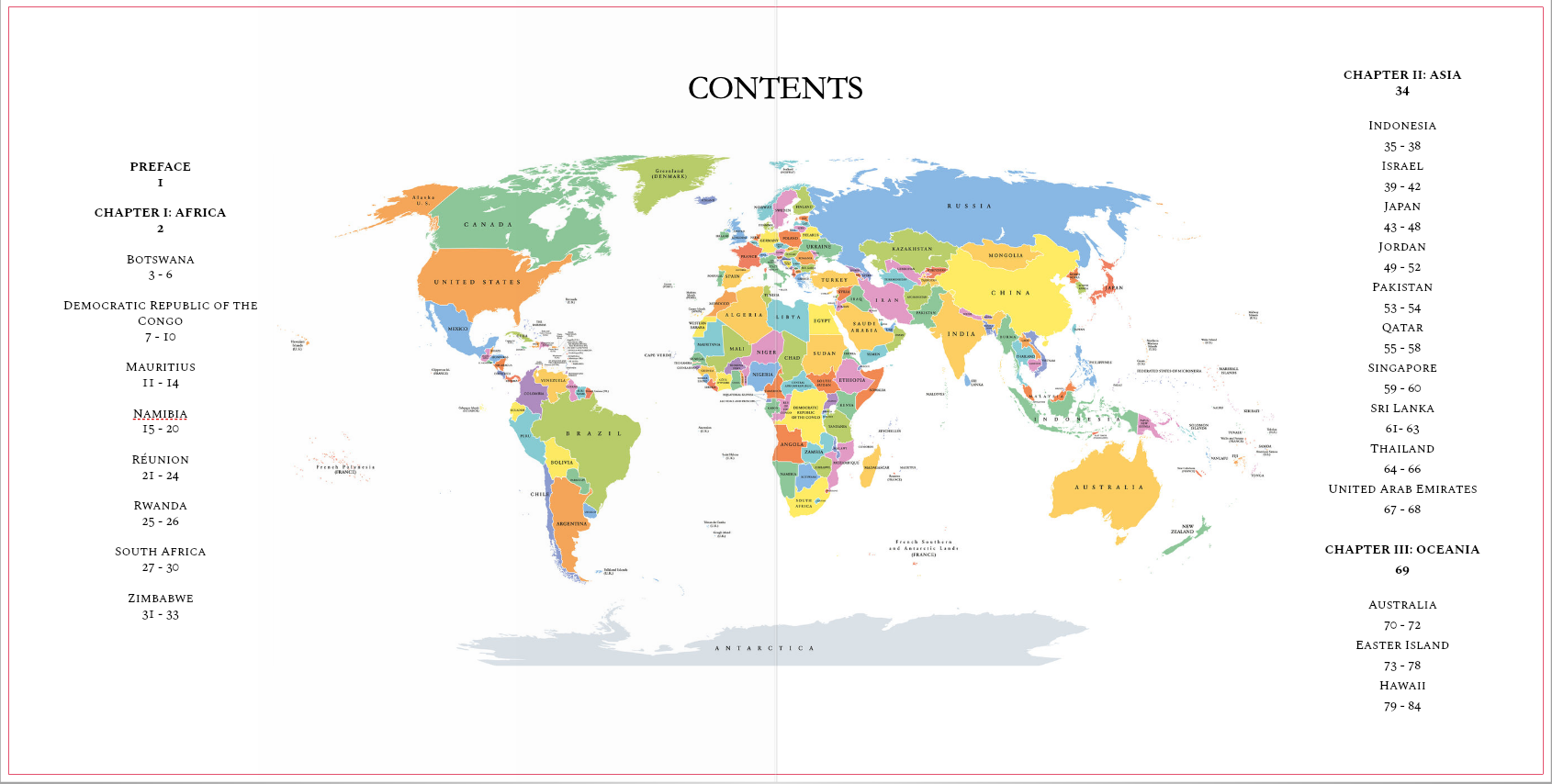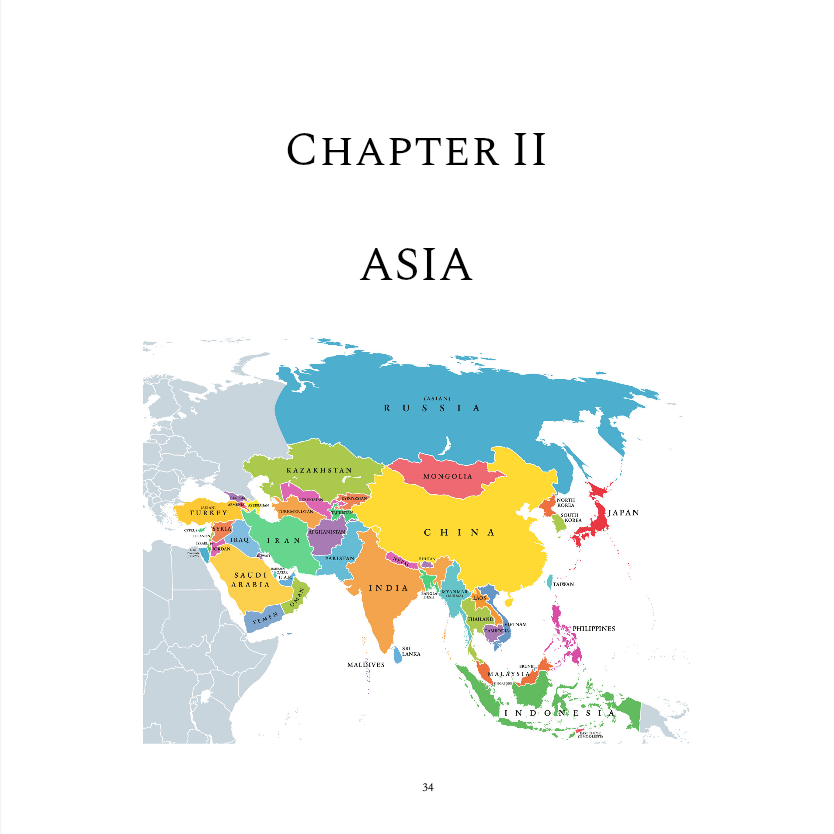Travels in the Anthropocene
Volume 1: Africa, Asia & Oceania
The earth is old. It is believed to be around 4.5 billion years old. We have tried to rationalise this sheer amount of time by dividing it into units. So in the beginning there were eons and within the eons were eras. Eras had within them periods and further still were epochs. Despite being the second smallest geochronological unit - nestled between a period and an age - an epoch still lasts between hundreds of thousands of years and tens of millions of years.
Homo sapiens - our current human form - are believed to have appeared on earth at around 190,000 BCE. This is very recent considering that life itself began 3.7 billion years ago. At around the end of the last ice age, at 9,700 BCE to be precise, the human civilisation began to take over. This was the start of the Holocene epoch, which has seen the almost exponential growth of human civilisation as we know it. The pace of growth, and its impact on the planet, has led some scientists to announce the beginning of the third epoch of the Quaternary period: the Anthropocene.
The term has been around for many years but was popularised in 2000 by ecologist Eugene F Stoermer and chemist Paul J. Crutzen. It remains controversial, not least because climate change and human impact on the planet is the most difficult issue of our generation. Did the Anthropocene start with the Industrial Revolution in the United Kingdom in the 1780s or was it the Trinity nuclear test in 1945 or the Great Acceleration in the 1950s? It doesn’t really matter. The point is that we are undoubtedly now within a time in which the human race has affected - often adversely - biodiversity, biogeography, geomorphology and climate.
So we live in epoch-defining times. Like many others, I have been fortunate to travel to some of the world’s interesting and beautiful places. Also, like many others, I have taken photographs of some of the places I have visited. These two volumes of photographs are stills from the thinner end of the slices in time, often tenths or hundreds of a second. They document how the human planet looked and felt to me in those frozen moments of time in the first part of the 21st century CE. They are a non-exhaustive, personal collection of aide-memoirs. They help me to relive and to remember the experience of being there.
Some images feature natural wonders, often which pre-date humanity. Others feature historic or modern wonders or curiosities created by our species during the development of civilisation. Finally, some images feature elements of the natural world which have been forced to co-exist with humanity. All of the images, however, are necessarily connected: they were created in the age of photography, at a time when travel (perhaps to the detriment of the earth) was democratised, in the Anthropocene. Volume 1 contains images from Africa, Asia and Oceania. Volume 2 contains images from Europe, North America and South America. They are arranged by the country in which they were taken, with each image accompanied by some explanatory text.
Daniel Burton
August 2023
London






